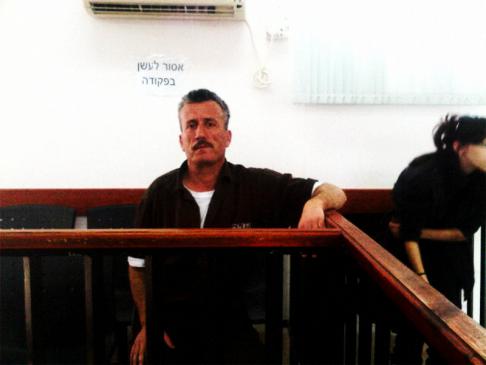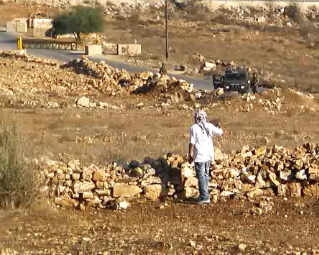Tag: An Nabi Saleh
-
Main Witness to Testify Tomorrow in Trial of West Bank Protest Organizer, Bassem Tamimi
23 October 2011 | Popular Struggle Coordination Committee Islam Dar Ayyoub, the 14 year-old who incriminated Tamimi after being unlawfully interrogated, will take the stand tomorrow at the Ofer Military Court. Tamimi has been incarcerated for seven months, in which only one witness testified. The Military Prosecution will resume making its case against West Bank…
-
The anthem of Nabi Saleh: “Release our prisoners or arrest us all”
15 October 2011 | International Solidarity Movement, West Bank The Friday demonstration in Nabi Saleh celebrated the release of three long term prisoners but protested the continued imprisonment of the remaining 5,000. The demonstration started out by visiting the house of prisoner Said Tamimi. Tamimi has been in prison since 1993, but his fellow prisoners…
-
Military court rejects motion to release Bassem Tamimi
12 October 2011 | Popular Struggle Coordination Committee A judge at the Ofer Military Court ruled yesterday that Palestinian protest organizer, Bassem Tamimi, will remain in prison indefinitely, until the end of his trial. The judge denied a motion filed by Tamimi’s defense lawyer, adv. Labib Habib, to revisit a prior decision to hold Tamimi…


